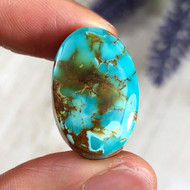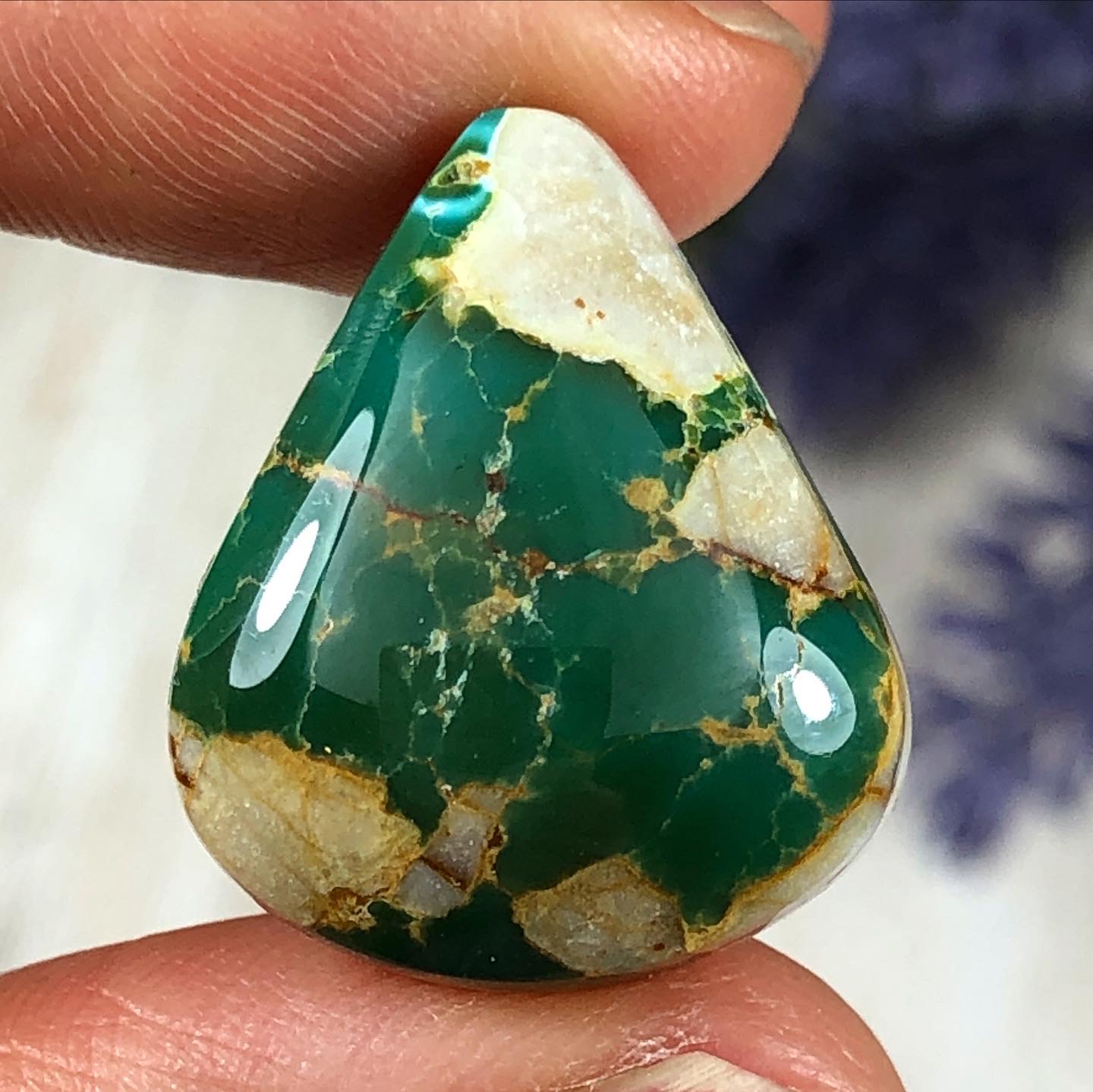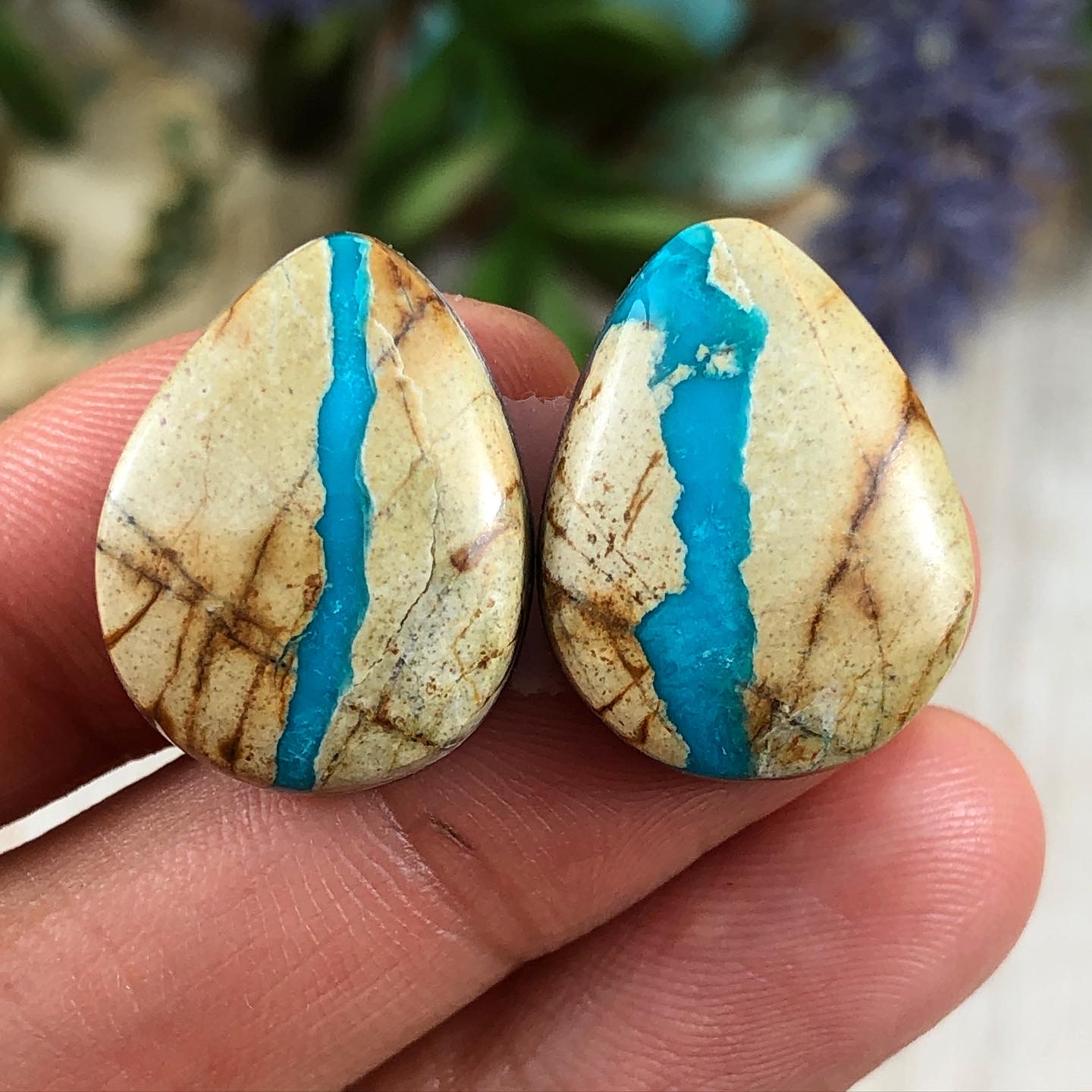Royston Turquoise
Posted by Dillon Hartman on Nov 24th 2023

Royston Turquoise from Nevada, USA
The Royston Turquoise Mine is located within the Royston District located approximately 20 miles northeast of Tonapah, Nevada. Active mining of Turquoise began in the Royston District about 1904 and shortly after three claims were filed; Royal Blue, Oscar Wehrend and Bunker Hill. In later years came the Easter Blue and then the current mining region, "The Royston Mine" when Lynn Otteson came to Tonopah in 1958. Royston Turquoise was originally a tunnel mine, it is now an open pit. The Royston Turquoise Mine is no longer mined on a large scale and the Turquoise is becoming very scarce.
|
|
|
Rough Royston Turquoise from Tonopah, Nevada USA
Turquoise is a sedimentary formation that is formed when moisture (rain or snow) filters down through mineral rich soil on the upper crust of the earth. This soil must contain the precise amounts of copper, aluminize sulfites and iron to create the combined liquid that siphon's down into voids below the surface of the earth. Royston Turquoise was formed millions of years ago in the fractured crevices of the Ryolite rock below the surface of the earth and over time it hardened to about a 5 on the Moh's scale. Most often, the thin voids or crevices produces the richest colorations and once in a great while one will find thicker veins of high-grade.
The Turquoise Miner most often finds Royston Turquoise in what looks like veins in the host rock (Ryolite), which has to be skillfully removed by many techniques. Miners Picks to heavy equipment and even dynamite are use to extract large rock with Turquoise veins. Once the bulk rock is extracted, Turquoise gemstone cutters saw the veins out of larger rocks called "saw rock" to refine the Turquoise into cutable slabs.
The Royston Hills produce a wide spectrum of color variations - above and to the left are four Royston cabochons in a blue range of color. Notice the golden brown Ryolite matrix, which is the same as you see in the green tone stones found in another location. In the top left corner you see that true blue Turquoise comes out of this mine and then as you look to the lower stones you see Ryolite spiderweb matrix in the blue Turquoise cabochons as well as the green. The aqua to green Turquoise from the Royston Mine is generally harder, however Easter Blue Turquoise,which is located in the Royston Hills, has very hard blue Turquoise that is also found in thin vein.




